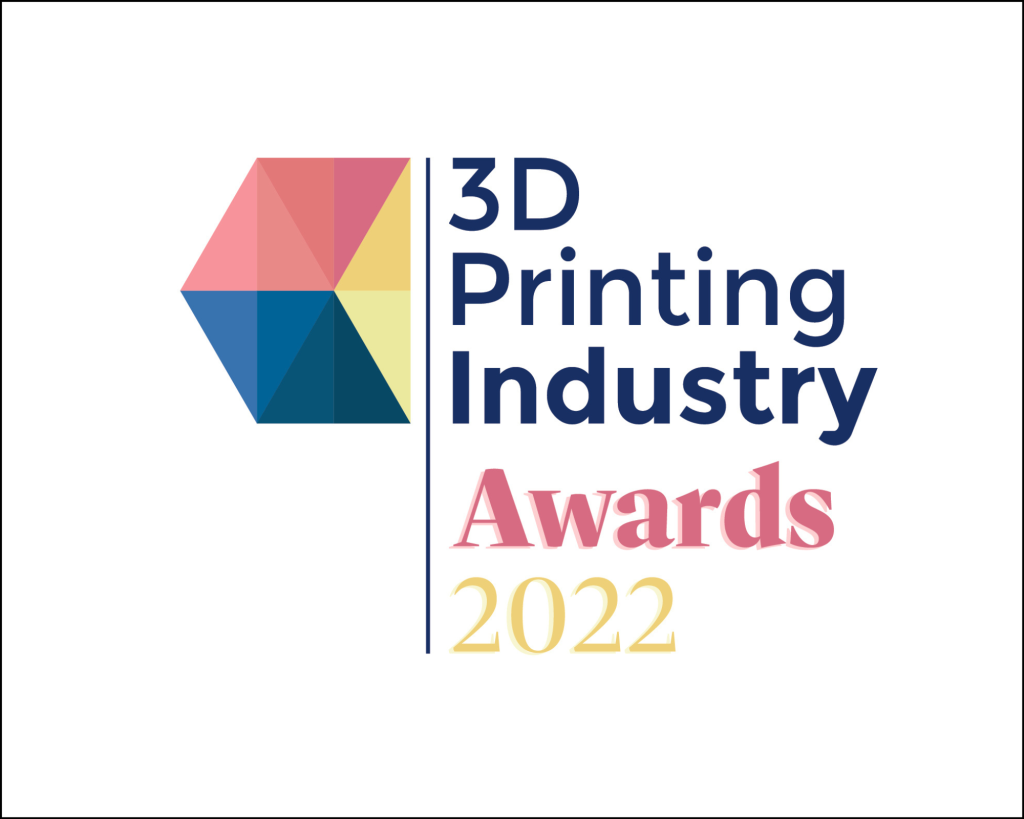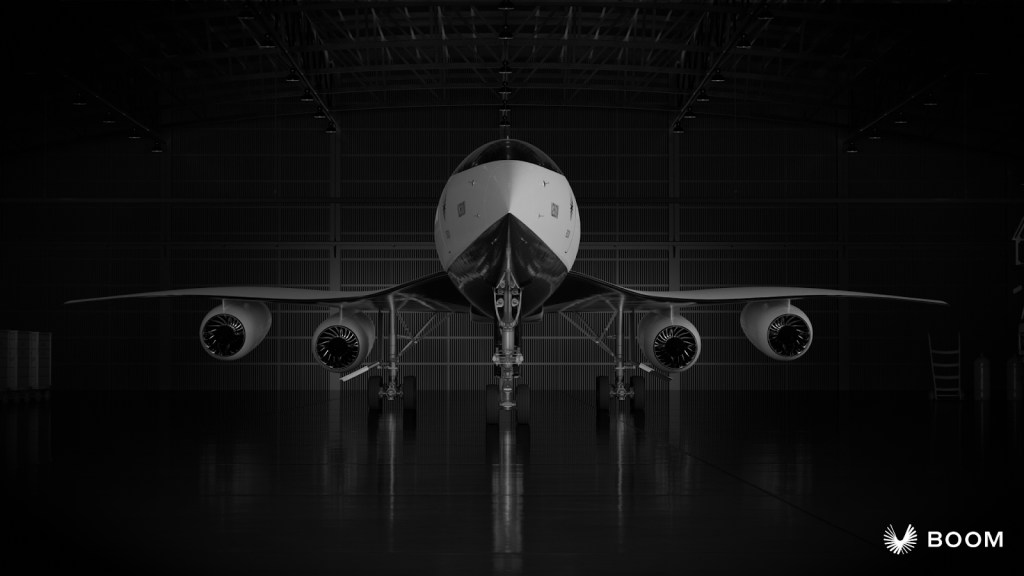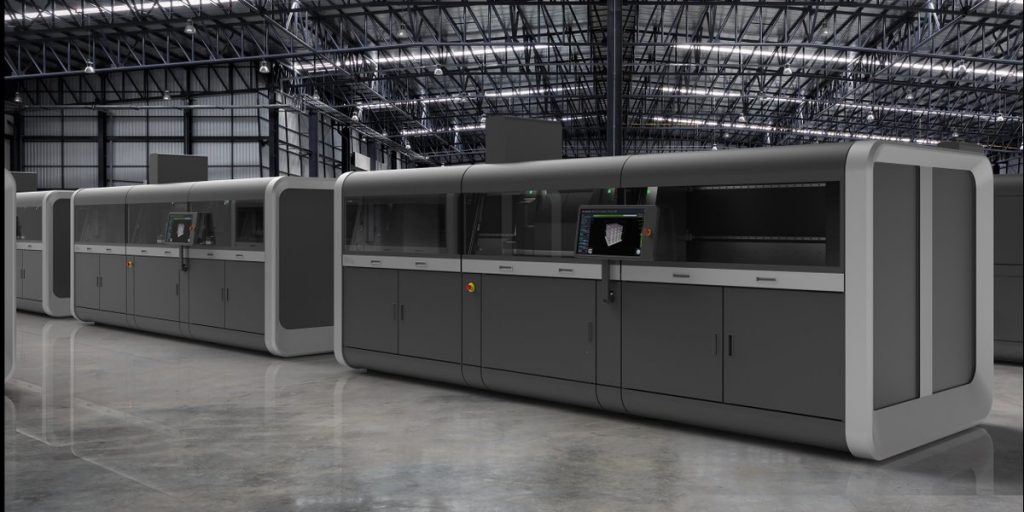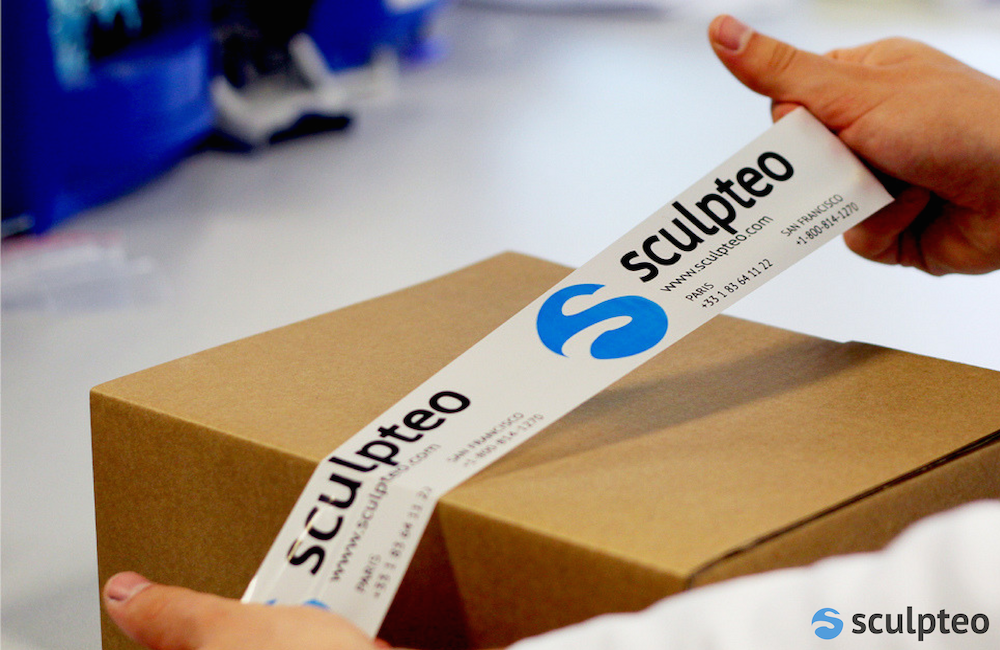Interested in reading more about the year’s biggest 3D printing news? You can access our full 3D Printing Industry Review of the Year series here.
As the year wound down, the industry news volume began to fall, but December 2022 still offered a glimpse into where the areas of opportunity for 3D printing might lie. Some of those developing high-Mach speed-capable aircraft revealed how the technology is helping bring their designs to life, while medical 3D printing continued to push the boundaries of patient-specific treatment.
Despite difficult macroeconomic conditions, which dented demand and supply chain stability, green shoots of recovery also appeared for the sector’s more beleaguered firms that, offered some optimism as we head into the new year.
For more on the standout developments in December, including those of MolyWorks, SLM Solutions, Autodesk, Desktop Metal, Fast Radius, Hermeus, Boom Supersonic, GE Additive, the Claudius Regaud Institute, Sculpteo, and Essentium, read on.

The 3D Printing Industry Awards return
One of the highlights of December was the return of our annual awards ceremony. Held this year in a digital format, the 2022 3D Printing Industry Awards saw AM leaders and enterprises recognized for their work to propel 3D printing forwards. One of those recognized was Matt Stultz, Community Manager at Prusa 3D, who won Community Advocate of the Year.
Stultz responded, “I can’t thank the community enough for this award. I was grateful just to be nominated and in such a who’s who of characters in this field, I’m shocked to have won. I see this win as being a statement of how strong our community is and that anyone who creates an environment that welcomes and supports all, will be embraced.”
Elsewhere, MolyWorks won the Sustainability in Additive Manufacturing Award, while SLM Solutions was awarded the Metal Enterprise 3D Printer of the Year gong. After Autodesk was named the Software Tool or Company of the Year Award winner, Sualp Ozel, a senior product manager at the firm, said it was “honored and humbled.”
“We deeply appreciate that so many of you voted for us, which we take as evidence that you love what we do for 3D printing design, simulation, and manufacturing,” he added. “In the months and years ahead, count on Fusion 360’s connected ecosystem to continue pushing the boundaries of design for additive manufacturing workflows.”
Interested in finding out more about who won? You can access the full results of the 2022 3D Printing Industry Awards here.

High-speed aerospace AM accelerates
In terms of industry trends, one of those that continued into December was the growing popularity of 3D printing in high-Mach speed applications. During the month, it was revealed that Boom Supersonic is working with GE Additive on a new ‘Symphony’ engine for its upcoming Overture aircraft. Since then, GE Additive has been consulted on potential opportunities to use 3D printing in the build.
At Hermeus, the firm’s partially 3D printed Chimera engine passed a new hypersonic testing milestone. During testing, the propulsion system proved capable of repeatedly transitioning from a turbojet mode designed for launch into a high-Mach speed ramjet mode. Once ready, the engine will power the company’s Quarterhorse hypersonic aircraft.
In high-speed military applications, it was also revealed that 3D printing is widely being used to build Chinese fighter jets. According to a report issued that month, China’s Shenyang Aircraft Company (SAC), known as the Shenyang FC-31 stealth fighter manufacturer, has begun deploying 3D printing extensively in-house.

Biomedical 3D printing advances continue
Another area in which 3D printing continued to thrive was the field of patient-specific medicine. In France, clinicians at the Claudius Regaud Institute and Toulouse University Hospital developed a means of treating a patient with a 3D bioprinted nose transplant that was fostered on her forearm. At the time, the success of the procedure was seen as a 3D bioprinting breakthrough.
At five of the Fraunhofer research institutes, researchers used AI to develop 3D printed patient-specific finger joint implants. As part of the ‘FingerKIt’ project, the team developed an automated implant design process in which AI was deployed to turn 2D X-ray images into 3D finger models.
Using their workflow, it was said to be possible to correct any finger positioning issues and create smooth, frictionless implants with reduced post-processing needs. Dr. Philipp Imgrund, head of the AM Process Qualification department at Fraunhofer IAPT, explained that the process enabled them to “structure the surface of the shaft in such a way that it grows into the bone more effectively.”

Early signs of a financial recovery?
While there’s no hiding from the fact that 2022 was a difficult financial year for some in the 3D printing industry, there were some encouraging signs on show in December. Desktop Metal’s $9 million automotive OEM order demonstrated that demand for its technology remains strong, particularly as a tool for mass manufacturing powertrain components.
Given that Desktop Metal laid off 12% of its workforce earlier in the year, the deal also represented a promising step for the firm, which has announced over $100 million in efficiencies as part of its plans to become profitable.
Fast Radius’ assets were bought by SyBridge, just a month after it filed for bankruptcy. The company folding was bad news for the SPAC investors, only to see its assets sold for just $15.9 million. However, there was better news for the Fast Radius employees, with SyBridge committing to offer them contracts and keep the brand name alive.

Aiming to predict 3D printing’s future
So, where is the 3D printing industry headed next? As usual, in 2022, there was no shortage of reports seeking to project where this might be, and December saw the results of a few being published. Sculpteo’s State of 3D Printing Report found that manufacturers are increasingly seeking ways to improve their processes’ sustainability, with 63% of those surveyed looking for ways to reuse scrap.
At the beginning of the month, 3D printer OEM Essentium’s 3D printing survey results were also released. As well as finding that the technology is proving more reliable and increasingly allowing users to gain a competitive advantage, the research uncovered some of the core benefits that drove contributors’ 3D printing adoption.
Of those that took part, 43% praised 3D printing’s ability to accelerate a product’s time to market, while issues like speed, cost, and part performance also cropped up in the results. Moving forwards, 89% of respondents said they expected large-scale 3D printing to grow over the next five years, but 32% of executives interviewed agreed that material innovation was needed for this to happen.
Stay tuned for our annual series of articles where experts tell us the future of 3D printing in 2023. Want to review last year’s predictions? Catch up here: 2022 Future of 3D Printing.
2022: 3D Printing Industry review of trends and news
2021: 3D Printing Industry review of trends and news
To stay up to date with the latest 3D printing news, don’t forget to subscribe to the 3D Printing Industry newsletter or follow us on Twitter, or like our page on Facebook.
While you’re here, why not subscribe to our Youtube channel? featuring discussion, debriefs, video shorts and webinar replays.
Are you looking for a job in the additive manufacturing industry? Visit 3D Printing Jobs for a selection of roles in the industry.
Featured image shows the 2022 3D Printing Industry Awards logo.



